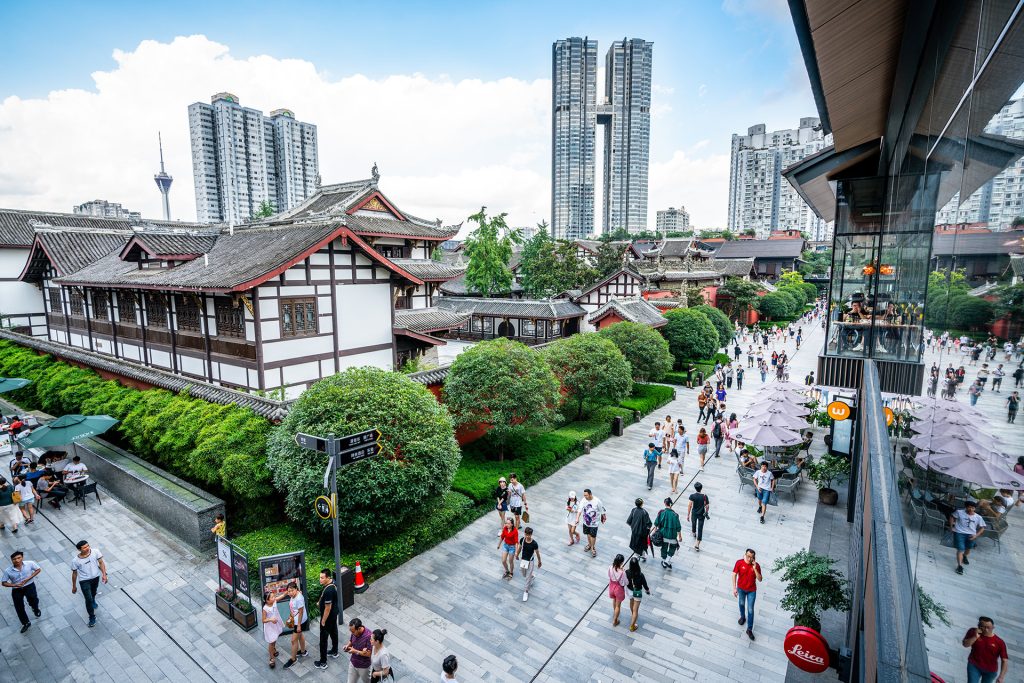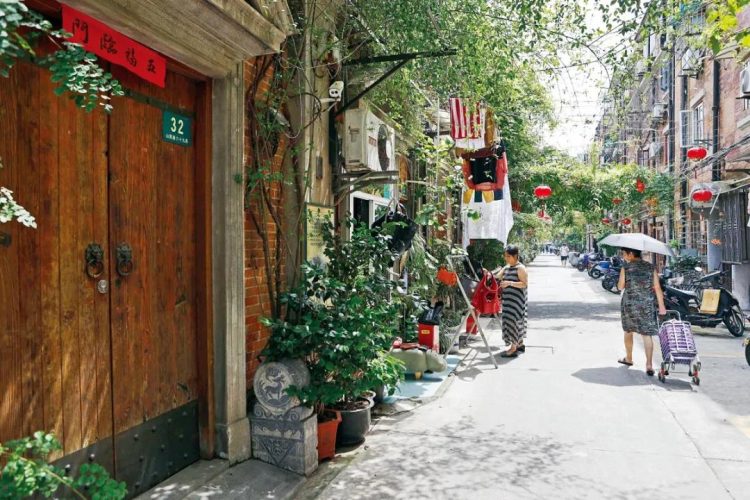Introduction
Health is often seen as a personal pursuit—something we achieve through diet, exercise, sleep, and individual discipline. But true well-being extends far beyond what we do in isolation. Increasingly, research shows that our communities play a critical role in shaping our physical, emotional, and mental health.
From the safety of your neighborhood to the strength of your social ties, the community around you can either support or hinder your ability to thrive. But how often do we pause to ask:
Is the environment I live in truly supporting my overall health?
This article explores the subtle yet powerful ways in which community impacts your well-being, and how to assess whether your surroundings are helping—or harming—your health goals.
The Hidden Power of Community in Health
Health is not just about personal choice—it is also about context. Where you live, who you interact with, and what resources are available all influence your behavior, stress levels, access to care, and even longevity.
According to the World Health Organization, social determinants of health—including housing, education, income, and community safety—can account for up to 80% of health outcomes. This means that even the healthiest habits can be undermined or enhanced by your community environment.
How Community Shapes Your Well-Being
1. Access to Healthy Food and Safe Spaces
Does your neighborhood have access to fresh produce, clean water, and safe places to walk, bike, or play? If not, it may be difficult to maintain a healthy diet or stay physically active—even with the best intentions.
Communities with:
- Grocery stores instead of fast-food deserts
- Public parks, sidewalks, or bike lanes
- Low pollution levels
are more likely to support long-term health behaviors.
2. Social Connection and Emotional Support
Humans are inherently social. Isolation and loneliness are linked to increased risks of depression, anxiety, cardiovascular disease, and premature death. Communities that foster connection, inclusion, and support networks provide essential emotional nourishment.
Signs your community supports emotional well-being:
- You feel safe being yourself.
- You have neighbors or local groups you can turn to in times of need.
- Social spaces (like libraries, cafés, or places of worship) are welcoming and active.
3. Healthcare Access and Local Services
Are doctors, mental health professionals, and wellness services easily reachable? Can you get help when you need it without excessive cost, travel, or waiting?
A community that values public health provides:
- Affordable clinics or hospitals
- Mental health resources
- Preventive care education
- Programs for vulnerable populations (elderly, disabled, low-income)
4. Safety and Environmental Stability
If you feel unsafe walking in your neighborhood or face chronic stress from crime, noise, or environmental hazards, your health will suffer. Chronic stress is a known contributor to inflammation, immune suppression, poor sleep, and other health issues.
Community safety includes:
- Low crime rates
- Well-lit public areas
- Reliable public infrastructure (clean air, water, sanitation)
5. Opportunity for Purpose and Contribution
A healthy community doesn’t just provide—it also gives its members a chance to give back. Whether through volunteering, local projects, or simply helping a neighbor, having a sense of purpose and belonging is critical to mental and emotional well-being.
Does your community allow you to:
- Participate in local initiatives?
- Share your skills or knowledge?
- Feel like your voice matters?
These opportunities build personal meaning, connection, and empowerment.
Is Your Community Helping or Hindering Your Health?
Here are some questions to reflect on:
- Do I feel connected to the people around me?
- Do I have access to healthy food, clean water, and safe spaces?
- Can I easily reach medical or mental health services?
- Do I feel emotionally safe, seen, and supported in this environment?
- Am I able to rest, move, and express myself freely here?
- Do I have opportunities to engage meaningfully in my neighborhood?
If you answer “no” to many of these questions, it may signal that your environment lacks essential support systems—and that your personal health journey is being challenged by factors outside your control.

What Can You Do?
If your community is not currently supporting your health, there are still steps you can take to create positive change—for yourself and for others.
1. Connect Where You Can
Start small. Introduce yourself to neighbors, join a local group or class, or attend community events. Even a few connections can shift your sense of belonging.
2. Advocate for Resources
Speak up for access to healthier food, safer streets, better transportation, or mental health support. Join or start local initiatives that aim to improve public spaces or services.
3. Use What’s Available
Make the most of what your community offers. Visit libraries, parks, walking trails, or support groups. Seek out local wellness resources that may be underutilized or overlooked.
4. Create Micro-Communities
If broader change feels out of reach, build community on a smaller scale. Host a book club, a group walk, or a weekly check-in with neighbors. Small circles of connection can be powerful.
5. Protect Your Well-Being
If your community lacks support, create boundaries and routines that preserve your health. Prioritize self-care, find online support groups, or consider longer-term solutions like relocating—if and when it’s feasible.
Conclusion
Your well-being is not only shaped by what you do, but also by where you live and who surrounds you. A strong, supportive community can be one of the most powerful tools for building resilience, sustaining healthy habits, and enhancing overall happiness.
So ask yourself honestly:
Is your environment lifting you up—or quietly pulling you down?
Are your health goals supported by the world around you, or are you fighting an uphill battle alone?
Well-being is not just a personal journey. It’s a collective one. When communities support health, everyone benefits—and you deserve to live in a place where thriving is not just possible, but natural.

















































